Showroom
Glassware for laboratories comes in a wide range of sizes and forms. Glass is frequently used in laboratories due to its relative inertness, which means it won't react with the chemicals or other materials placed within and so upset or distort the results. The fact that it is visible makes monitoring and analysis simple.
Among other things, laboratory glass apparatus can be used to make solutions, store and transfer chemicals, and store and transfer reagents. The majority of these laboratory glass equipment items are resistant to heat, corrosion, chemicals, and temperatures. If sterile conditions are necessary, they may be autoclaved and utilized once again.
Laboratory flasks are scientific instruments having a wide base and a narrow, tubular neck. These flasks are employed in the blending, weighing, and heating of chemicals, samples, and solutions. Certain lab flasks are one of those items that make a chemical lab insufficient.
One of the key benefits of a fractional distillation unit is how straightforward it is. The process of fractional distillation is significant in chemistry, business, and food science. Since it is employed in a variety of industrial processes, fractional distillation has advantages.
For each student, the installation of laboratory equipment / instruments continues to be a source of enthusiasm. Students learn about the fundamental laboratory tools and their functions. Every lab, whether it is at a school, a college, a research lab, or a hospital, depends on the usage of these tools.
During the Navratri festival, worshippers ignite the akhand diya and present it to Goddess Durga. A diya is a representation of wisdom, virtue, luck, and wealth. It stands for the lack of darkness or ignorance. This light burns continuously for several days.
A laboratory tool called a stirrer is used to mix substances. Typically, they are solid pieces of glass with rounded ends that are roughly the same thickness and length as drinking straws. A stirrer's principal purpose is to stir a liquid in order to hasten reactions or enhance mixes.
When transferring chemicals from one container to another, glass funnels can prevent spills and can be equipped with a filter to separate particles from liquids. These have an enclosed bulb-shaped body that is also used for filtering and extraction, equipped with a stopper on top to stop spills.
The cylindrical tubes known as graduated cylinder tubes are used to measure liquid volume. Tall graded cylinders with a cylindrical shape may carry a variety of liquids. Compared to beakers, graduated cylinder tubes are substantially more precise in measuring liquids.
Test tubes are containers used mostly in labs and classrooms for storing, mixing, and holding materials for experiments and research. Test tubes can be found in a variety of forms. Scientists, researchers, and chemists can handle, combine, and test with materials securely in test tubes.
Especially in chemical labs, laboratory beakers are essential for successful lab work. Anyone working in a laboratory has to know which beaker is appropriate for the task because there are a wide variety of various beakers available, each of which serves a distinct purpose.
Connectors that join different pieces of lab glassware together are known as laboratory glass laboratory adapters. Glassware adapters can be used to join two independent pieces if they are unable to connect on their own, allowing liquid or gas to flow freely between them.


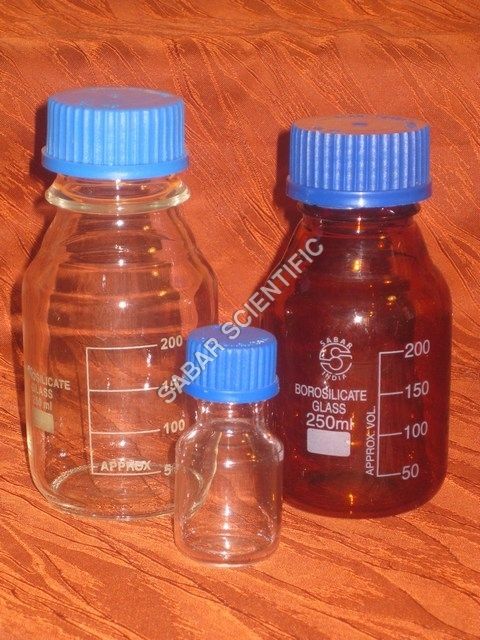

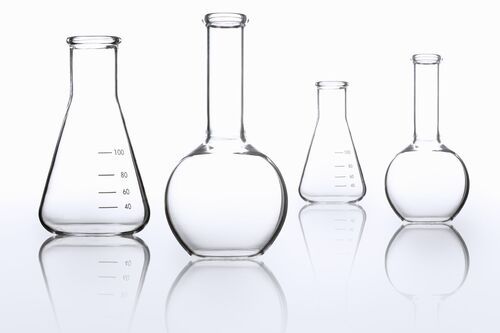
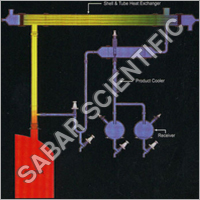
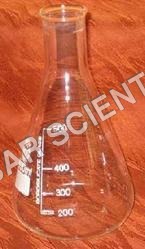

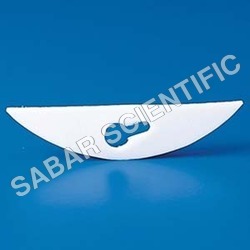
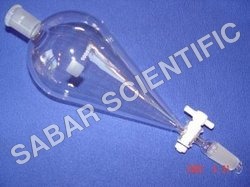
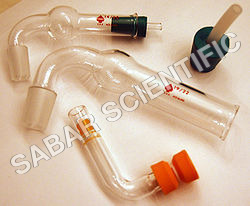
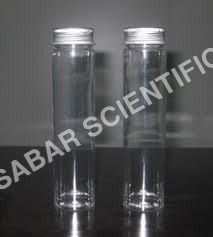
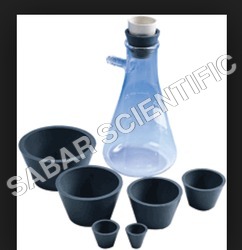
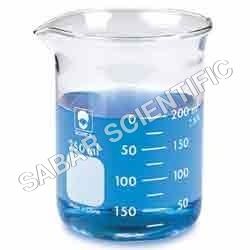
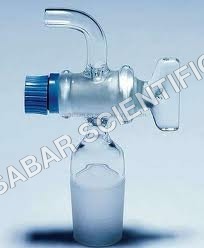
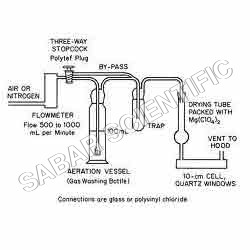
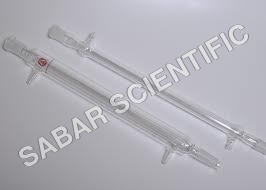
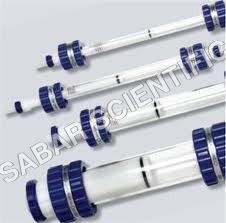

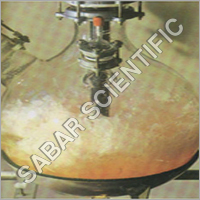
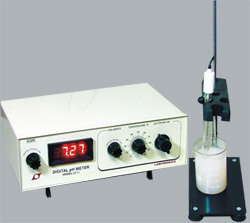



 Send Inquiry
Send Inquiry Send SMS
Send SMS Call Me Free
Call Me Free

